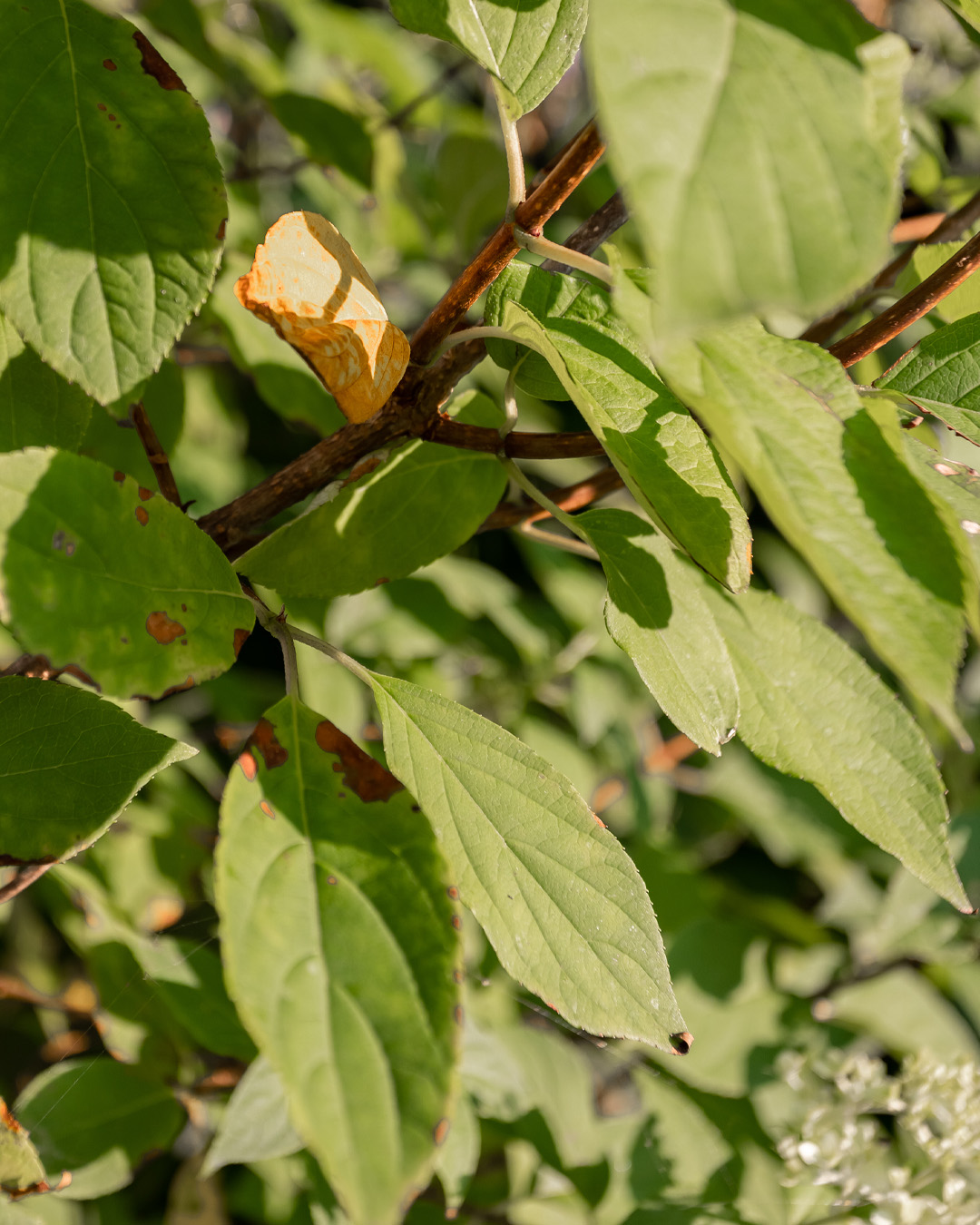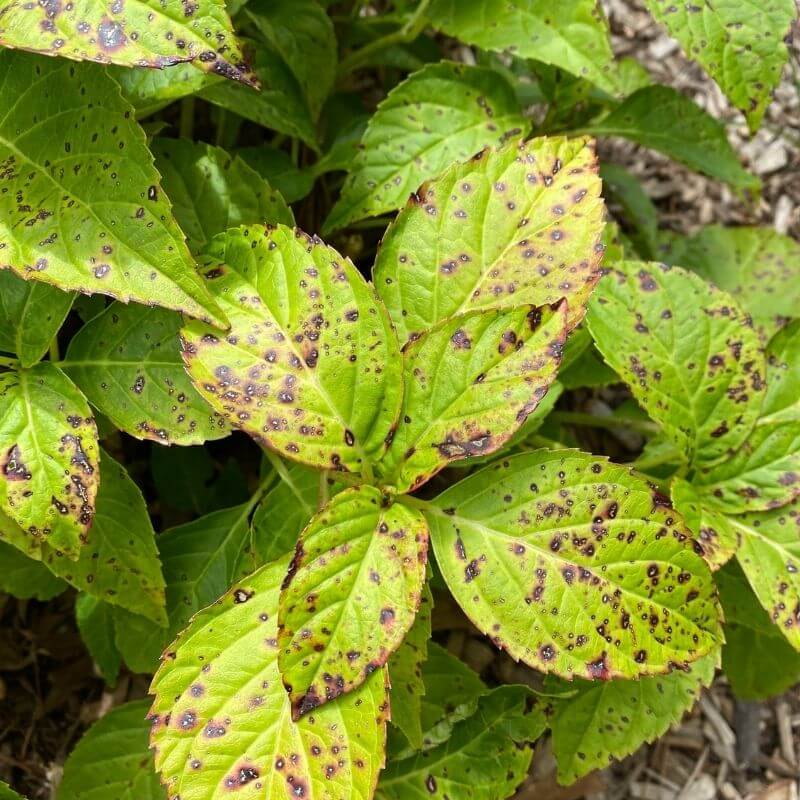4 Simple Techniques For Hydrangea Leaves Turning Yellow
Table of ContentsThe Main Principles Of Hydrangea Leaves Turning Yellow Hydrangea Leaves Turning Yellow for DummiesThe Only Guide to Hydrangea Leaves Turning YellowOur Hydrangea Leaves Turning Yellow Diaries
Hydrangea plants are recognized for their lovely flowers, however occasionally their leaves can transform yellow. This is normally a sign that something is wrong and the plant requires your assistance.Hydrangea leaves turning yellow can be a cause for issue. Hydrangea leaves commonly turn yellow when the plant is overwatered.
When the roots of a plant are immersed in water for extended periods, they begin to suffocate and rot. This procedure cuts off the origins' oxygen supply, triggering the leaves to turn yellow and at some point die. Overwatering can likewise cause various other troubles such as fallen leave drop, root damage, and fungal development.
If you think your Hydrangea is overwatered, the most effective remedy is to allow the soil completely dry out totally before sprinkling once again. It's additionally an excellent idea to examine the water drainage of your pot or yard bed and make certain that water is not pooling around the plant's roots. Hydrangea plants need well-drained dirt to flourish.
Hydrangea Leaves Turning Yellow - The Facts
You must additionally ensure that you are not watering your Hydrangea as well usually. Watering once a week ought to be adequate, and more frequently if the climate is warm and completely dry. Hydrangea leaves can additionally transform yellow if the plant is not obtaining sufficient water. This happens when the plant does not obtain enough water, and the dirt starts to dry.

This is called "plant food shed," It happens when the plant's origins are revealed to excessive plant food. The origins can't soak up every one of the nutrients and end up being damaged. This damage triggers the fallen leaves to transform yellow and at some point pass away. Various other signs of plant food melt include brown or yellow fallen leaves, wilting, and stunted growth.
This will help remove any excess plant food from the roots of the plant. It's additionally a great concept to lower the amount of fertilizer you are utilizing. Feeding once a month throughout the growing period must suffice. If you are using chemical plant food, it's best to utilize one that is weakened and applied according to the producer's guidelines.
Fascination About Hydrangea Leaves Turning Yellow

If your Hydrangea is plagued with parasites, dealing with the plant with neem or gardening oil is the finest remedy. It's additionally excellent to get rid of any kind of damaged fallen leaves from the plant (Hydrangea Leaves Turning Yellow).
Hydrangea leaves can also transform yellow if the temperature have a peek at these guys level worries the plant. The leaves of the plant will certainly transform yellow and begin to go down off.
If the temperature level stresses your Hydrangea, you require to move the plant to a place where it will be safeguarded from the extreme cool or warm. You can additionally try to supply the plant with some partial color if subjected to guide sunlight. You can additionally try including pop over to this web-site compost around the plant base to help manage the temperature.
Not known Factual Statements About Hydrangea Leaves Turning Yellow
The leaves can additionally transform yellow if the Hydrangea plant has origin rot. This is normally created by overwatering or inadequate drainage. When the plant's origins are submerged in water for also long, they begin to rot. One of one of the most typical origin rot symptoms is yellowing fallen leaves, as the he has a good point fungus stops the origins from absorbing nutrients from the dirt.
Various other indicators of root rot include stunted growth, wilting, and fallen leave decline. Examine the roots of your Hydrangea if it has root rot. If they are black or brown, then they are most likely rotten. If some healthy and balanced roots are left, you can try to save the plant by replanting it in a brand-new pot with fresh dirt.
Water the plant thoroughly, making certain not to overwater it. If your Hydrangea is heavily influenced by root rot, starting with a new plant is best. Natural causes can likewise trigger yellow hydrangea leaves. One of the most usual cause is the plant's age. As Hydrangeas age, their fallen leaves will gradually transform yellow and brownish before diminishing the plant.
You can help the plant by ensuring it is obtaining sufficient water and nutrients. One possibility is that the plant is not obtaining sufficient water.